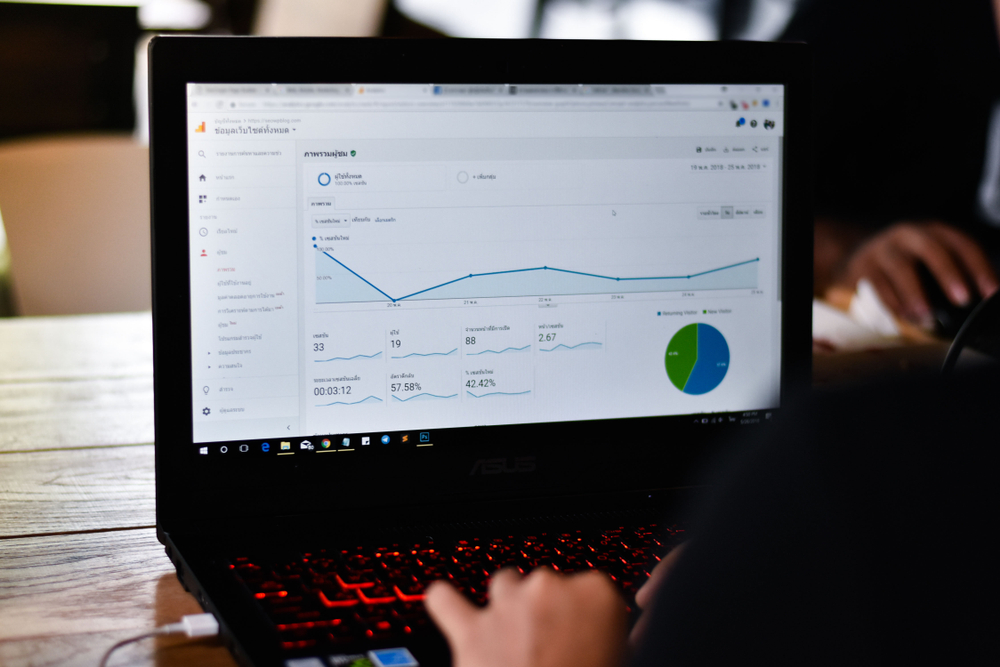We all know that there are many factors that secure your positions in the Google’s first page. Although the exact inner-working of Google’s algorithm remains a mystery to this day, but you can’t ignore some of these factors:
- Quality content: The World Wide Web is still about sharing and searching for quality content. Content isn’t only text-based, but could be images, audio, video, software and various other digital forms. When delivering content, many people actually still confuse quantity with quality. As an example, they may create longer content, thinking that it will make it appear to have higher quality. Content with nothing new in it, just won’t do, because there are so many others that are similar to it. A content has good quality if it provides something different and covers it at sufficient depth.
- Mobile optimization: Since 2016, the number of people who surf the web on smartphones and other mobile devices finally overtook users with regular PC and laptops. There’s an obvious reason why mobile devices are more preferable for accessing the Internet. Users can do it on the go, while they are aboard the train or queuing in grocery store. If your website isn’t mobile friendly, then there’s no way you can get significant traffic from mobile users. Google has rolled out its mobile-oriented indexing, which is used for ranking in mobile searches. Use Google’s Mobile Friendly Test to make sure that your website is ideal for mobile users.
- Improve page title: With page titles, your SEO performance can be better optimized. You need to pay attention to your page title, because it will be among the first things that Google’s robot will see. The page title will become a snippet of the content of your website. It’s a good practice to include primary keywords in the title. In fact, the page title can be the long tail keyword itself or the full question search that people would use to find specific information.
- Optimize URL: Just like page title, URL is also the first thing that search engine bots see from your website. A good URL should contain your main keywords as well and a common practice to use your page title in the URL. It means that your URL will automatically contain plenty of relevant keywords. This can be seen as the top-level optimization, before you optimize other elements, such as headings and meta descriptions.
- H tags: H tags are not only useful for styling and they also provide hierarchy within your content. It will be easier for users to navigate your website and search engine bots will understand your webpage better. H1 tag is useful for your headline and it’s the most important among H tags. H2 tags are useful for dividing your content into multiple components, while H3 tags are perfect for subheadings. You can have multiple sets of H3 tags each under H2 tag. Most content management systems allow you to create H tags easily using the WYSIWYG editor.



